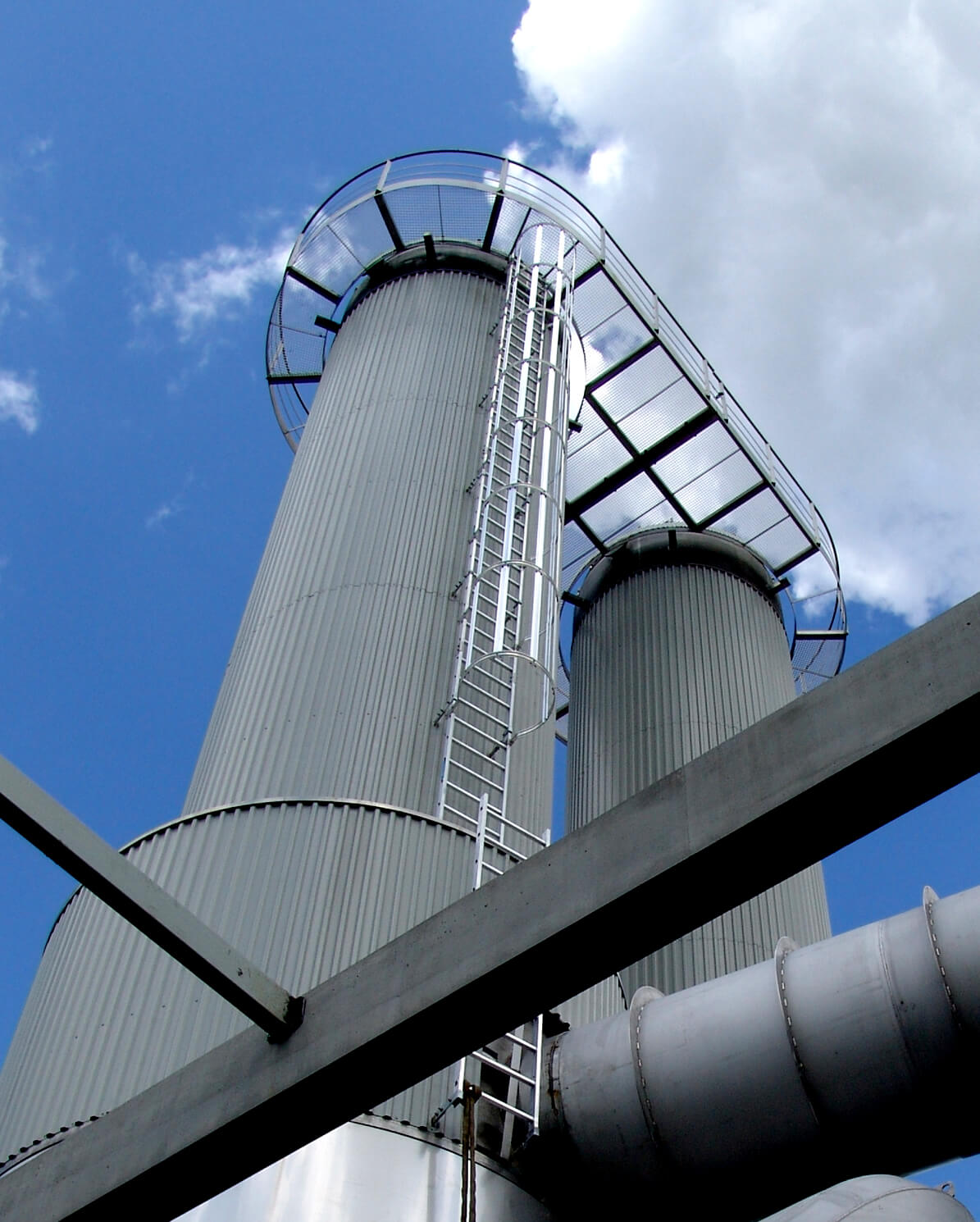


According to our company's many years of industry experience, the processing of tapioca fufu can be roughly divided into several sections: cleaning, crushing, dehydration, drying, and packaging. Each section is linked, and the entire production process can be automated.
Process flow
1.
Raw material receiving impurity removal unit:
Dry
soil remover: The fresh tapioca are transported to the raw material storage
yard of the factory by trucks with a load of about 5-10 tons, and the tapioca
raw materials are transported to the raw material receiving warehouse by
forklifts or manually, and are unloaded by the vibrating feeder to the belt
conveyor, it is transported by the belt to the drum soil remover for
preliminary dry impurity removal to remove impurities such as sand, rhizomes,
grass stalks and bark on the tapioca raw materials.
2.
Tapioca cleaning and peeling unit:
(1)
Paddle washing machine: The raw materials after dry impurity removal enter a
set of two-stage series paddle washing machines to wash the tapioca with water
to remove the residual sand and broken skin, to ensure that the raw materials
entering the filing and grinding section are washed of. The main function of
the front part of the washing machine is to fully soak the raw materials, so
that the tapioca is removed by mutual friction and stirring. The raw materials
are sent to the clean water tank of the next level through the water tanks in
different areas, and the clean washing water is added to the washing machine
behind, so that the tapioca is cleaned by the countercurrent cleaning method.
(2)
Brush cleaning and peeling machine: In order to ensure that the raw material
skin impurities are cleaned as cleanly as possible, a brush cleaning and
peeling machine is added to remove the tapioca skin and difficult-to-remove
impurities.
(3)
Drum spray cleaning machine: The tapioca raw material after brush cleaning is
transported to the drum spray cleaning machine through the belt conveyor for
further cleaning, and the impurities such as skin, sediment and other
impurities doped on the surface of the material are cleaned by spraying as much
as possible. The material is then conveyed to the crushing unit through the
belt conveyor.
3.
Crushing and sand removal unit:
(1)
Preliminary crushing: Due to the large size of tapioca tubers, preliminary
crushing is required before crushing. The completely cleaned tapioca raw
materials are transported into the crusher and cut into pieces of about 10mm in
size, and the crushed tapioca pieces enter the crusher. , further crush the tapioca.
(2)
Filing and pulping: the disintegrator rasps the tapioca pieces into tapioca
slurry, which includes free starch granules, fibers, fibers containing bound
starch and cell fluid (containing soluble substances such as protein, sugar and
minerals). It needs to be diluted with process water during the filing and
grinding process. After filing, the tapioca slurry enters the collecting tank
through the screen under the filing machine and flows into the tapioca slurry
barrel. A slurry pump is installed at the bottom of the tapioca slurry barrel,
and the tapioca slurry is pumped into the de-sanding cyclone through the slurry
pump to remove sand from the tapioca slurry.
(3)
Fermentation: The mashed tapioca slurry is pumped from the pulp barrel into the
fermentation tank for fermentation treatment, and then sieved by a centrifugal
sieve after the fermentation is completed;
4.
Centrifugal screening unit:
The
tapioca pulp after filing and de-sanding is used to separate the fibers and
starch contained in the pulp as much as possible through a centrifugal sieve,
and the large fibers contained in the tapioca pulp are removed through a
dewatering centrifugal sieve.
5.
Press dewatering unit:
(1)
Plate and frame filter press: The pulp in the tapioca slurry temporary storage
tank is transported to the plate and frame filter press for dehydration and
pressing through the feeding screw pump.
(2)
Filter cake crusher: The pressed filter cake is crushed and broken into powder
by the crusher, and then sent to the flash drying unit through the screw
conveyor for drying.
6.
Flash drying unit:
Flash
dryer: The crushed filter cake is transported to the feed hopper of the ejector
of the flash dryer through the screw conveyor, and then enters the flash dryer
through the lifter for drying.
7.
Screening storage unit:
Shaking
sieve: After drying, the starch is sieved through a starch shaking sieve and
then enters the starch finished product warehouse.
8.
Weighing and Packaging:
Packing
machine: according to the specifications required by customers, a ton charter
machine and a small packing machine can be selected for packaging and storage.
 online service
online serviceScan to wechat :
